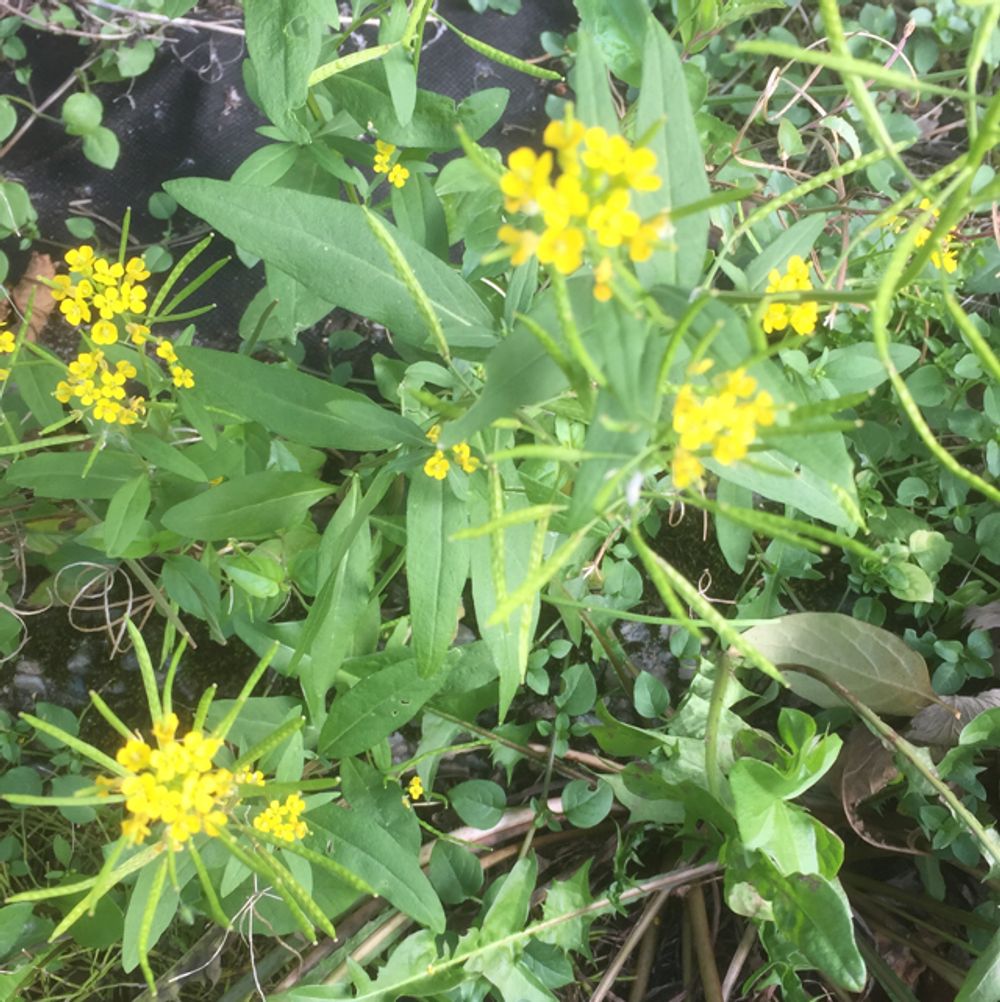Wormseed wallflower
(Erysimum cheiranthoides)

Description
Erysimum cheiranthoides, the treacle-mustard or wormseed wallflower, is a species of Erysimum native to most of central and northern Europe and northern and central Asia. It is a herbaceous annual plant similar in appearance to many other mustards, growing an erect stem 15-100 cm (rarely 150 cm) tall. The leaves are lanceolate to elliptic, 2-11 cm long and 0.5-1 cm broad, with an entire to coarsely toothed margin. The flowers are bright yellow, 5-12 mm diameter, produced in an erect inflorescence. The fruit is a slender cylindrical capsule 1-3 cm (rarely 5 cm) long, containing several small, dark brown seeds. It was formerly described by the Swedish botanist Carl Linnaeus in his seminal publication 'Species Plantarum' in 1753, on page 661. It is commonly known as treacle-mustard, or wormseed wallflower. The treacle mustard name came from the Greek word 'theriaki' meaning antidote to poisonous bites as the plant was thought to have healing properties. The name 'wormseed mustard' arose from the seeds of the plan being made into treacle, to treat intestinal worms in children.
Taxonomic tree:







